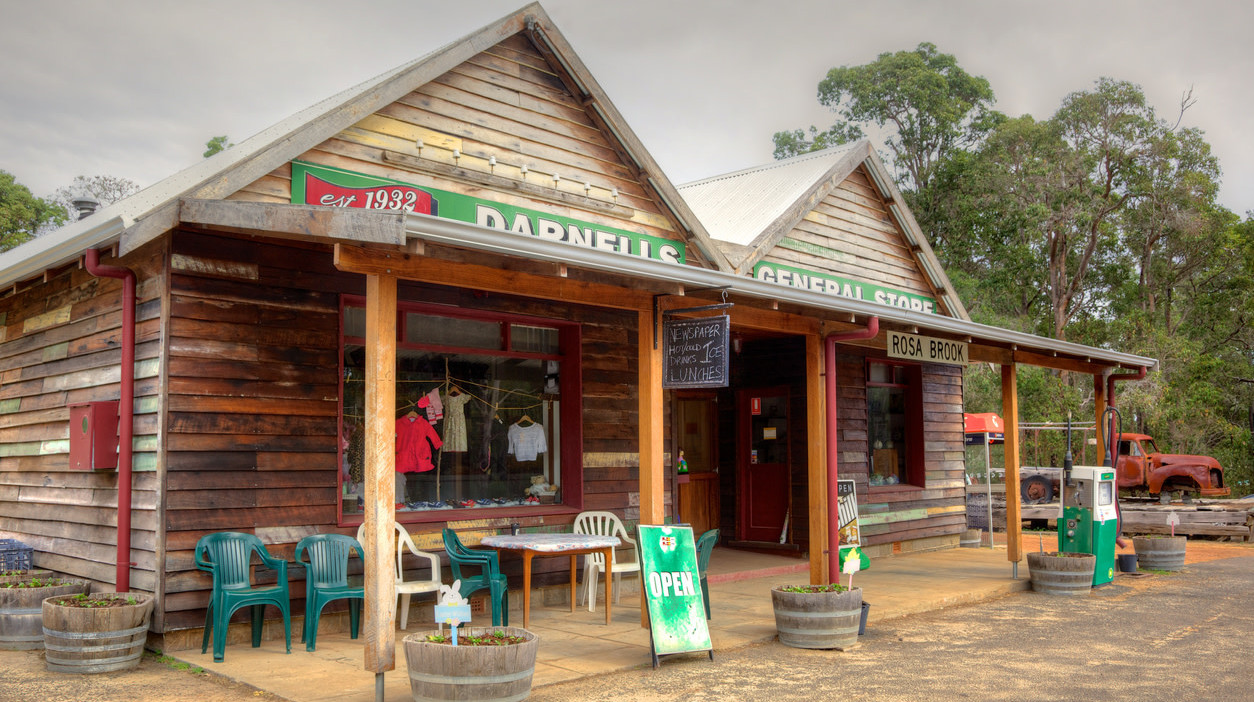How North Dakotans Are Saving Their Endangered Grocery Stores
The neighborhood I grew up in, way down on the southern edge of Brooklyn, has about 80,000 residents, making it one of the city's smallest. Within its 2.12 square miles, there are seven major full-service supermarkets, and over a dozen independent grocery stores. Still, New Yorkers have rung alarm bells over their shrinking number of grocery shopping options as rents have begun to soar.
In North Dakota, a state that's 33,378% bigger than the neighborhood where I grew up, there are only 760,077 people. Supermarkets and big box stores tend to cluster in the state's few urban areas, where there are enough people to support them. For hundreds of thousands of North Dakotans, having access to groceries means having access to a car.
Filling in the spaces between networks of Krogers, Costcos, and Walmarts that crisscross the state are the smaller independent grocery stores that have long been the backbone of rural North Dakota. As time has marched on, these vital community resources, too, have become endangered for many reasons, as explained in this excellent article from Civil Eats. The gravity of these closures is something that those with better grocery access can't begin to fathom.
While much has been written about the ways our modern economy is impacting rural America, what makes this article so compelling is that it not only unpacks the hardships faced by rural stores, but also focuses on the ingenious tactics that have helped many of these stores survive. This is a story about what communities are capable of when they band together, and the hard work required to keep something going not for profit, but for people. It's well worth a look, and it's made me reflect on my own relationship to my community. Suddenly, my ten-minute drive to the supermarket doesn't feel so insurmountable.
